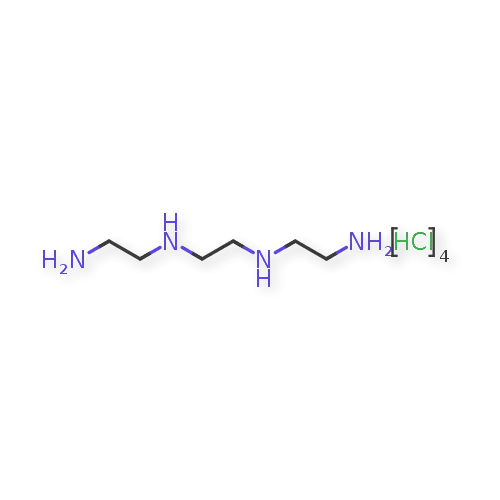Orphalan pushes first drug for Wilson's disease in 5 decades over FDA finish line

It has taken French rare disease specialist Orphalan 11 years to earn its first approval in the U.S. But that’s nothing compared to how long people with Wilson’s disease have waited for a new medicine for their debilitating condition.
Monday, when the FDA signed off (PDF) on Cuvrior (trientine tetrahydrochloride), it became the first treatment approved for the condition in 52 years.
Wilson’s is an inherited disorder that prevents the liver from filtering copper out of the system, causing a toxic buildup and organ damage. It’s estimated that 10,000 people in the U.S. have Wilson’s disease, with only about half of them identified as it often is misdiagnosed as a more common type of liver disease.
Before the first treatment for Wilson’s, patients rarely lived beyond age 30. But that changed with the introduction Cuprimine (penicillamine) in 1970.
Cuvrior shares the same mechanism as penicillamine as both attach to copper to form a compound that can be excreted. But dosing of both drugs is onerous; patients take 8 to 12 pills several times per day on an empty stomach.
“It’s inherently an unstable compound,” said Orphalan CEO Naseem Amin said in an interview. “We developed a novel salt which is truly room-temperature stable. You can take the pack with you wherever you are. You can put it in your pocket, in your bag. Just pop it out of the blister pack, take it with a drink and you’re good to go.”
Patients can take Cuvrior after they’ve been “de-coppered” with chelating agents which block copper absorption from the gastrointestinal tract. After the chelating, a patient goes on Cuvrior and zinc for lifelong maintenance.
Orphalan expects to launch Cuvrior in the U.S. early next year and do its own marketing of the drug.
This is not the first regulatory endorsement for the drug. In 2017, it won approval in Europe as a second-line treatment for Wilson’s disease in the 30% to 40% of Wilson’s patients who develop an intolerance to penicillamine.
Known commercially as Cuprior in Europe, it was assumed to be safer but lack the effectiveness of penicillamine. But when a head-to-head trial showed it could match up with its predecessor’s efficacy, Orphalan teed it up for a first-line nod in the U.S.
To gain the nod, the company had to develop its own serum copper test to measure the trial’s key biomarker.
“We’re excited not only about the drug but the potential this assay offers,” Amin said. “The community needs a good way to measure and monitor these patients. We’ve only characterized this in well-controlled patients. We need to characterize it in patients who need to be newly diagnosed.”
For Orphalan, the approval is a satisfying development considering its first compound — to treat spinal muscular atrophy — failed after six years in testing.
Competition is on the way, however, as AstraZeneca’s rare disease unit Alexion has snared orphan drug status in Europe and the U.S. for ALXN1840. The FDA also has awarded it fast-track designation. Results from a phase 3 trial last September showed it hit its primary endpoint.
The FDA also has fast-tracked two gene therapies for Wilson’s disease, VTX-801, developed by Pfizer and Vivet Therapeutics, and UX701, from Ultragenyx. Primary results from these trials will read out in 2023 and 2026, respectively.
May 3, 2022



